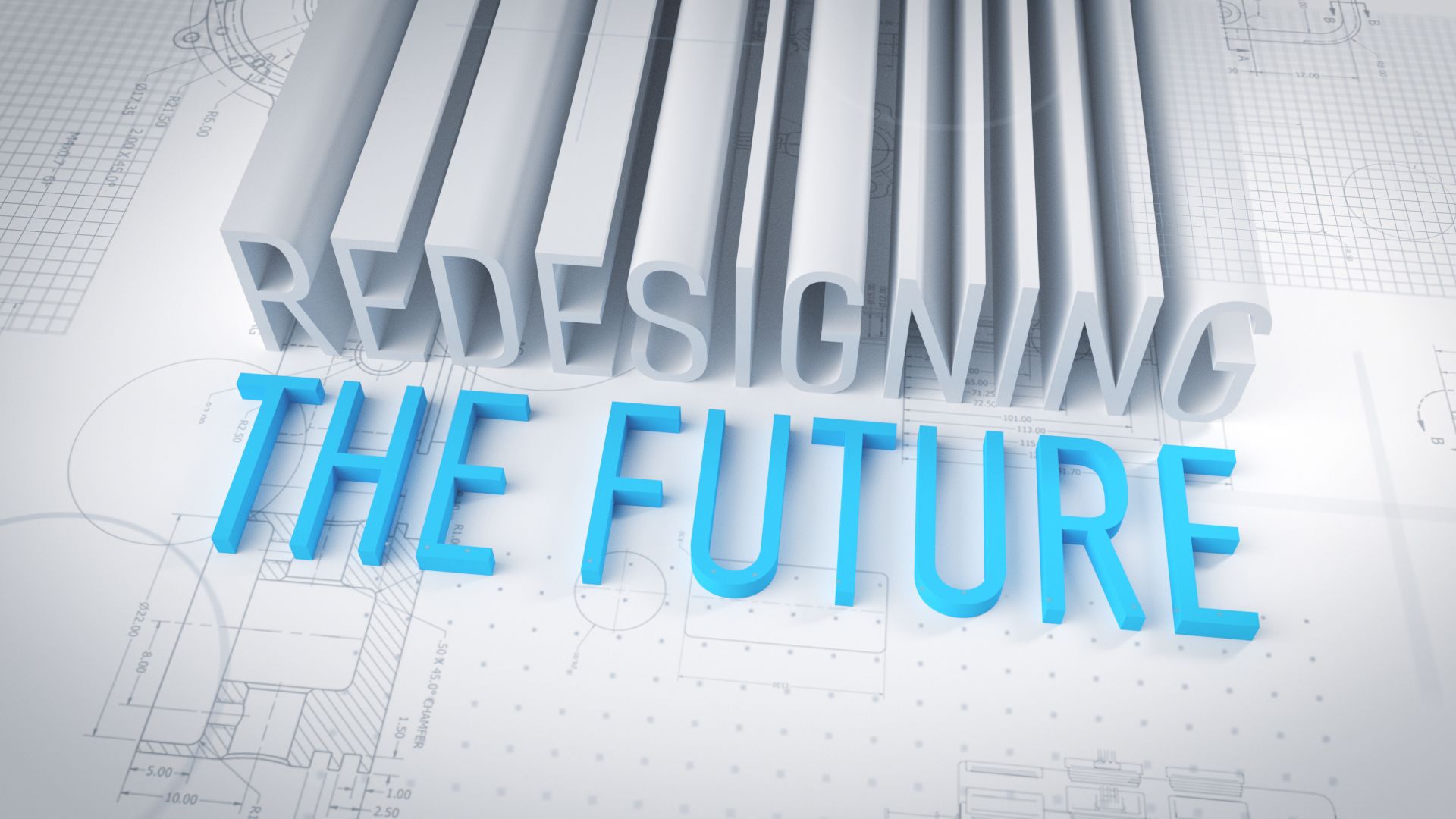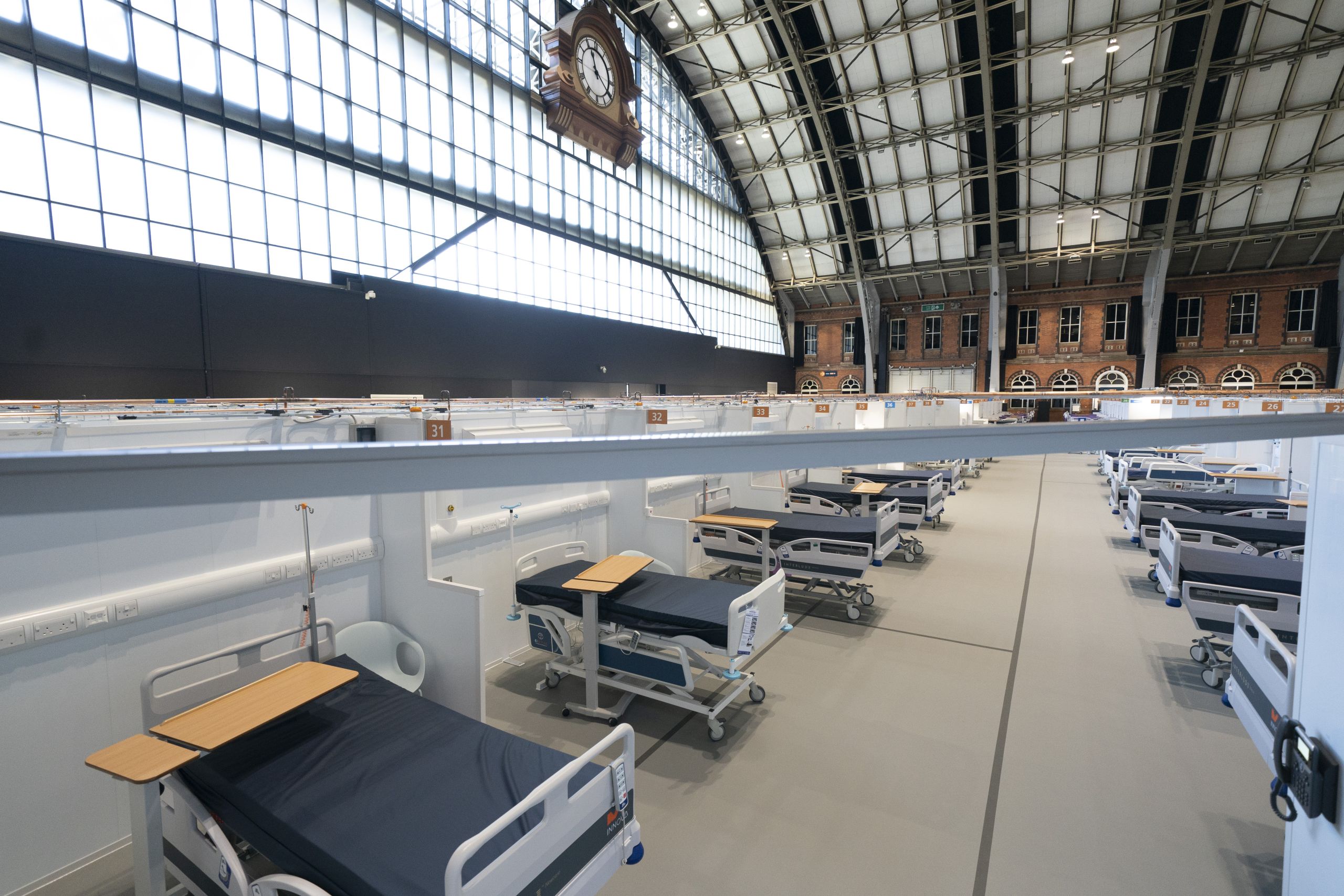Construction & technology
Building a new future

Introduction: The future-building tech
Futurology has always been based around technological advance. From the plow to the factory to the Space Shuttle, our tech has taken us forward – for better or worse. The advances we make in the post-pandemic world will largely depend on our ability to use these tools – and invent new ones – to help us get along.
The buildings of the future may be very different from the ones of even the recent past, with touch-free technology and physical distancing. Even the city streets between them might also be on the verge of a new and almost almost unrecognizable era. Flexibility may be vital as we apply our knowledge through our tools to march without fear into a new future.
Remodeling the city in Wales
Caught between needing to reopen urban centers and the need to maintain social distancing, city planners are having to rethink the ways we interact with where we live. The Welsh capital Cardiff is taking the opportunity to dramatically remodel its urban hub by centering its post-pandemic recovery around pedestrians and creating spaces where people can socially distance.
Reinventing 3D printing
Experience can be worth its weight in gold in the business world – especially during a crisis. But for many young entrepreneurs, the coronavirus pandemic is not only the first global crisis they’ve faced personally, but also as business leaders. CGTN Europe's Toni Waterman spoke to one such entrepreneur in Brussels, who has reinvented his company not just once, but twice during the pandemic.
Artificial intelligence in healthcare
Medical professionals are on the front line against COVID-19 and Chinese tech companies were there in support. The pandemic has accelerated the use of robotics and AI in the healthcare sector, with service robots used in hospitals and publicly shared spaces to clean, take temperatures and deliver food, to minimize human contact as our species fought off the coronavirus.
Beijing start-up Shukun Technology rolled out an AI detection system for pneumonia induced by COVID-19, allowing medical professionals to identify suspicious lung lesions in three seconds using CT scans, saving roughly half an hour per patient.

Glasgow's tallest office gets touch-free makeover
It will soon be Glasgow's tallest office building – and the developers behind it have had to spend hundreds of thousands of dollars to redesign it because of COVID-19.
HFD Property Group had already started constructing the building at 177 Bothwell Street when the pandemic reached the UK. But the virus prompted them to make the building "touch-free."
"You can now come from outside the building through the front doors, through our security barriers, into the lifts and on to your occupier's floors without physically touching any part of the building," HFD managing director Stephen Lewis told CGTN Europe.
"Whether it's through the speed gates or destination control, you get to your place of work without touching anything."
HFD Property Group had already invested $250 million in the project before the redesign – but with the office leasing market hit hard, Lewis said the pandemic has "super accelerated" the shift toward flexibility, wellness, smart tech and sustainability.
The two-week hospital
As COVID-19 spread across the world, hospitals became desperate for beds for acute patients. In response, China built a hospital in Wuhan in just 10 days and the UK turned convention centers into the Nightingale hospitals, a project that created 20,000 acute hospital beds in a matter of weeks.
Ged Couser works for BDP, an international architectural practice that was responsible for six of the Nightingale hospitals in the UK.
"We were pretty much given a verbal brief to say what we needed in two weeks' time is a fully functioning hospital."
Many of these hospitals never operated at full capacity after they were built.
London's Nightingale hospital, by far the most well-known project, with 4,000 beds, was mothballed in May, only two months after it was built in just nine days. However, they remain ready in case of a "second wave" of infections in the coming months.
"I don't think anybody could really have anticipated the extent to which these new facilities would be required," Couser told CGTN Europe.

3D-printed face shields for the world
When the spread of COVID-19 put healthcare workers at risk for want of personal protective equipment (PPE), Josef Prusa knew he could help. His 3D printing company in Czechia quickly provided an online blueprint for face shields.
"We have all the tools, so we can do everything in-house," he told CGTN Europe. "We knew that what we create is actually useful in the field." The company's design was downloaded more than 250,000 times and was used by companies including car makers Ford and Mercedes-Benz – plus Nagami Design in Spain.
The furniture design studio based near Madrid has worked with award-winning architects – but between March and June, Nagami Design used its 3D printers in its factory to produce one shield every five minutes, or 500 per day.
Volunteers then delivered the face shields by hand to Madrid or other nearby cities.
CGTN Europe spoke to both companies, which had played their part in humanity's fight against a vicious new enemy.
Podcast: Office of the future
Before the COVID-19 pandemic hit, office space in Europe's biggest business hubs was expensive. Now that remote working has become an enforced reality, many employers are re-examining their need for a physical workplace for staff.
In this episode of Notes on a Pandemic, CGTN Europe spoke to businesses, individuals and developers redefining how and where people work and deciding on the best ways to keep employees safe without losing the connectivity that communal workspaces provide.
Podcast: The great collaboration
When the extent of the pandemic became clear, nations had to scramble to get hospitals ready. This threw together some curious partnerships working in unusual situations.
In this episode of Notes on a Pandemic, CGTN Europe spoke to those who unexpectedly found themselves on the front lines of the response to the outbreak, working together for the greater good – from the architect listening with rapt attention to the army major, to the CEO of a 3D printer supplier who realized his work network – stretching from Skoda through Ford to Mercedes-Benz – could save lives.
